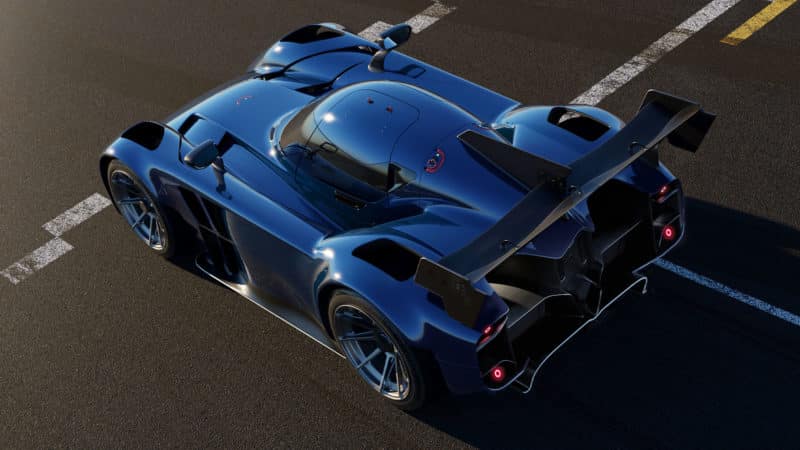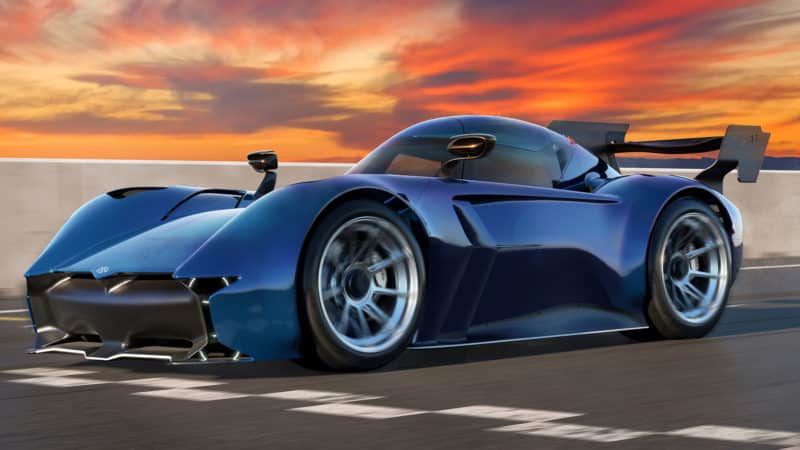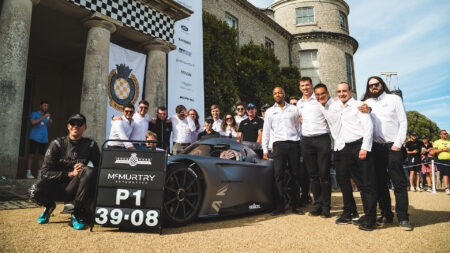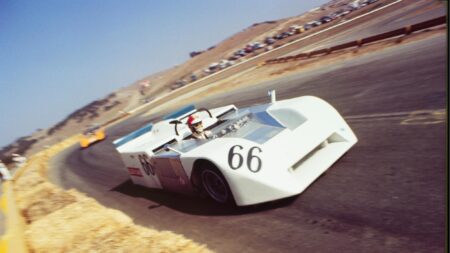Weighing less than 1000kg, the rear-wheel drive track day car has a peak output of 745kW (1000bhp). With the fan system turned on, the original Speirling can generate two tonnes of downforce without turning a wheel and hit 0-60mph in under 1.4sec – the commercially available machine will likely achieve similar statistics.
The original version of the Speirling had to be recharged after its 40sec run, but with track days in mind “multi-lap runs on full race circuits” will be made possible with “fast-charging in under 20 minutes”. No hard figures on range then, meaning you could potentially spend as much, if not more, time in the pits than you do out on track.
Even if runs at full speed are limited, the hope is the thrills will make up for the time spent stationary. Chilton described to Motor Sport last year the experience of driving the fastest-ever car at Goodwood, and with many components being lightened and the power unit/transmission being made more efficient than the original prototype, customers are likely to get a similar buzz.
“I really was blown away,” he said of his first drive. “The thing just shocked me straight off, once the fan, power and torque was all on full, is that it was definitely more advanced in some ways than an F1 car.

PURE develops 1,000bhp and charges in under 20mins – but the range has not been revealed
McMurtry
“Its slow-speed grip and acceleration is just out of this world. There’s nothing that comes close to it – that’s why we started testing at Silverstone because it’s so quick, we needed a big track that we could start pushing the limits on.
“The most backwards thing is that because it generates two tonnes of downforce at zero mph and stays there at whatever speed you’re doing, it doesn’t brake like a normal single-seater. There’s still a bit of technique left for me to get better at that, it’s all a bit odd. There’s still loads of time in it, we haven’t really exploited it fully yet.”



